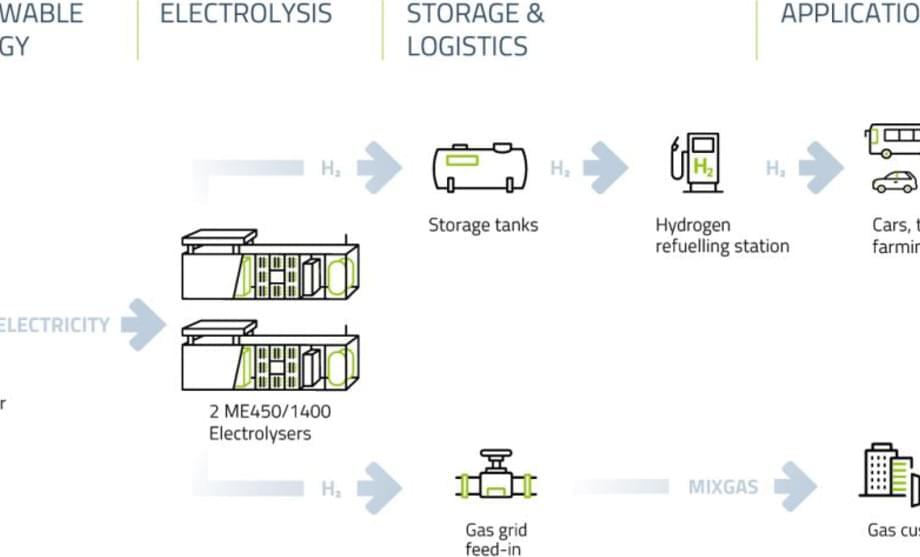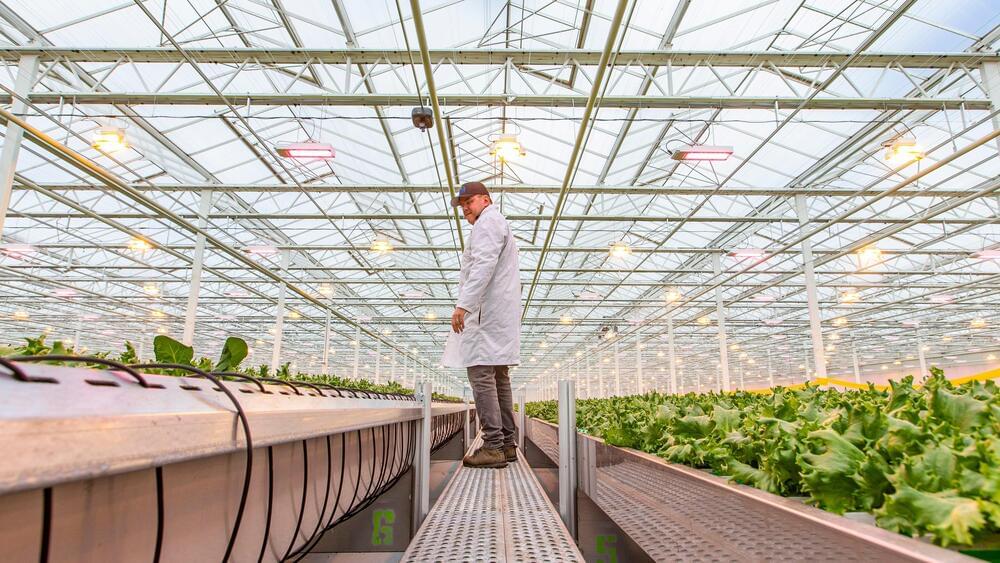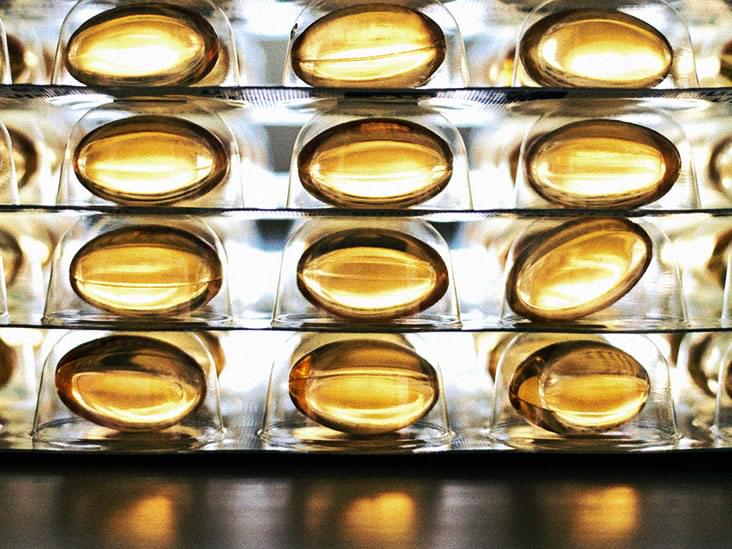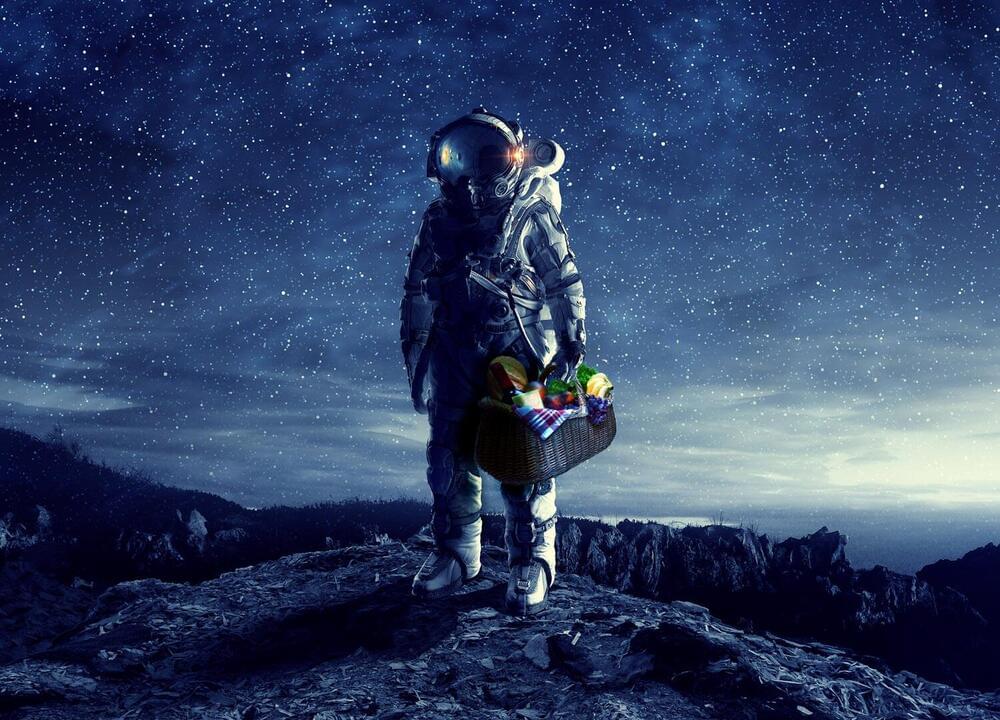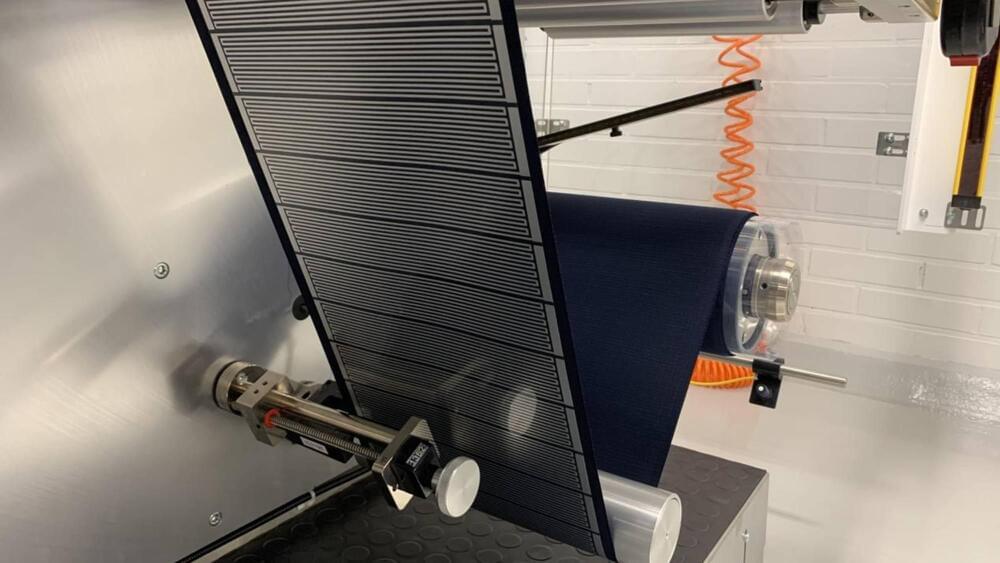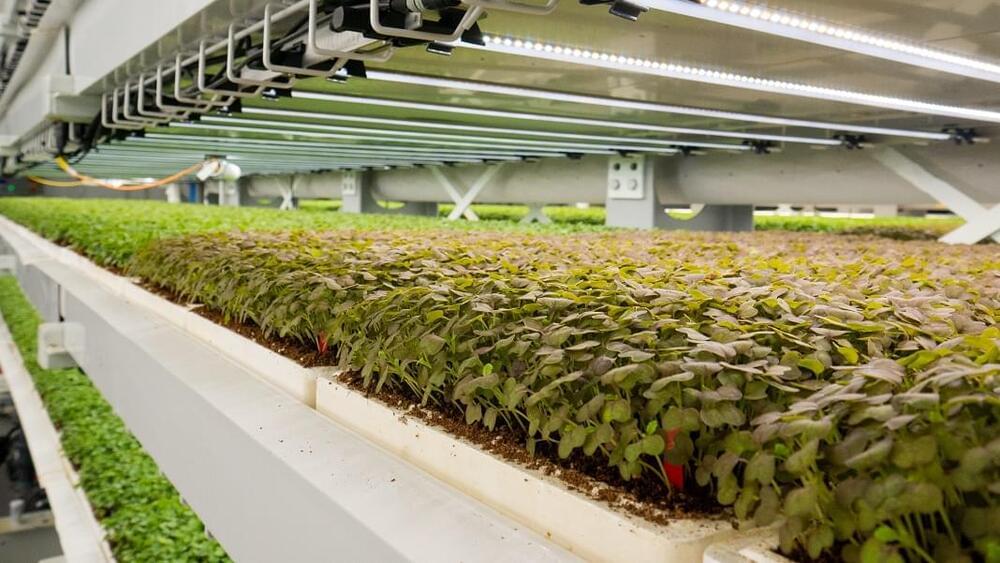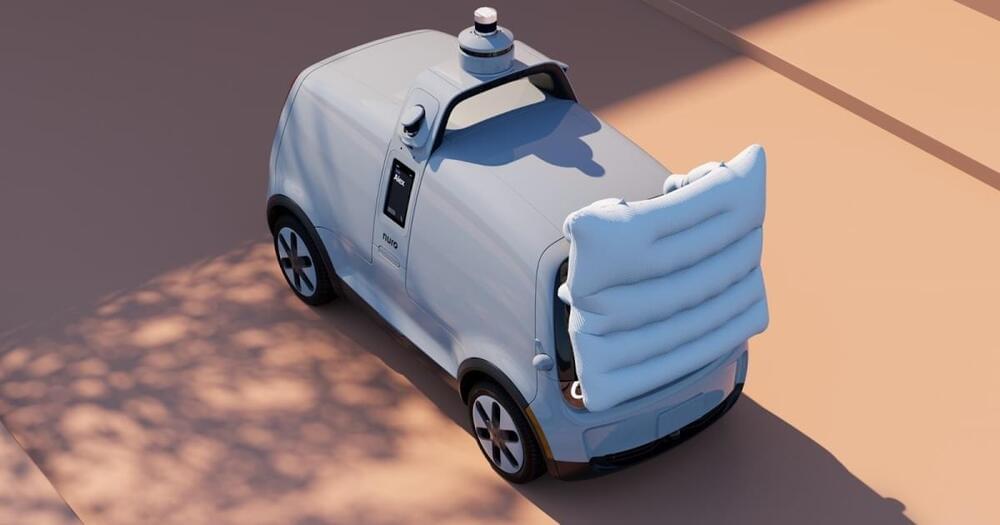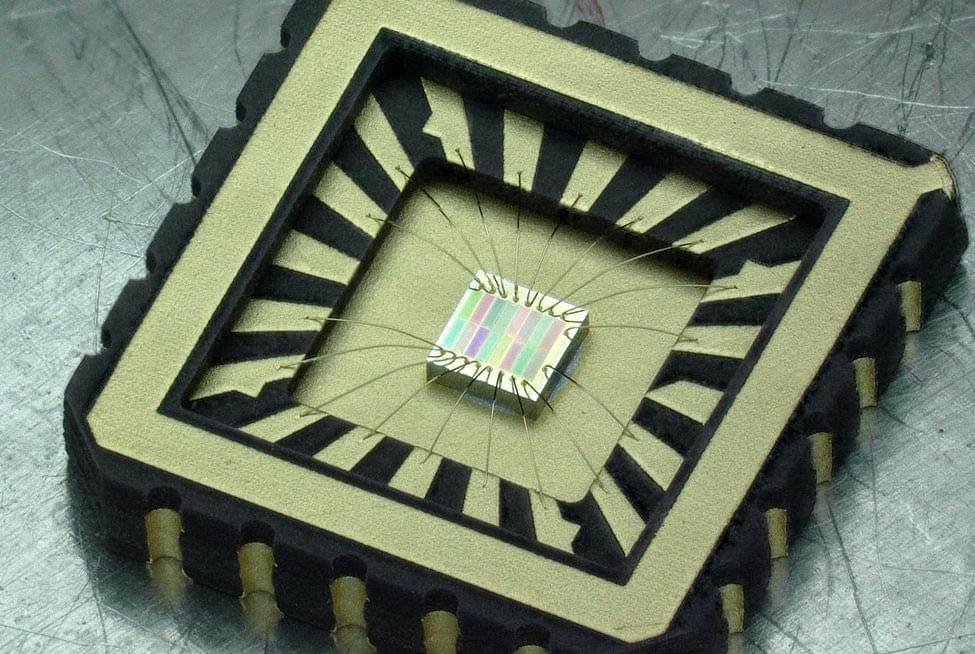Jan 28, 2022
German town goes self-sufficient with wind and green hydrogen
Posted by Shubham Ghosh Roy in categories: energy, food, sustainability
The innovative project Green H2-Hub Haren in the Emsland region in northern Germany uses H-Tec Systems electrolysers for sector integration.
The Green H2-Hub Haren project in Haren in Lower Saxony, northern Germany uses two electrolysers from H-Tec Systems. This was announced by project leader CEC Haren GmbH & Co. KG and electrolyser manufacturer H-Tec Systems. The order was placed with H-Tec Systems by the electricity and gas distribution network operator Westnetz. This research and development project is intended to enable the establishment of a decentralized hydrogen facility. At the site, green hydrogen will be produced from wind energy and stored in connection with specific regional applications, primarily for the mobility sector. The H2-Hub targets various hydrogen applications in rural areas – in particular in the field of agriculture – based on the production and use of sustainably generated hydrogen. In addition, the project is intended to significantly increase the city of Haren’s rate of self-sufficiently produced renewable energy. The goal is to implement a model that will also develop and prepare a comprehensive integration of other rural locations and regions in Lower Saxony into the H2 supply infrastructure.
The town of Haren aims to be completely self-sufficient with green energy. New storage systems as part of the H2 Hub enable a significant use of excess electricity from times of peak generation. The 16 wind turbines of the community wind farm Fehndorf-Lindloh are connected to a PEM electrolysis system, as well as an additional battery storage system in combination with a superordinate energy management system. In addition, a hydrogen filling station and a gas network feed-in point will be built. In this way, the project allows the transfer of surplus electricity to other sectors, such as heating or transport.
Continue reading “German town goes self-sufficient with wind and green hydrogen” »
